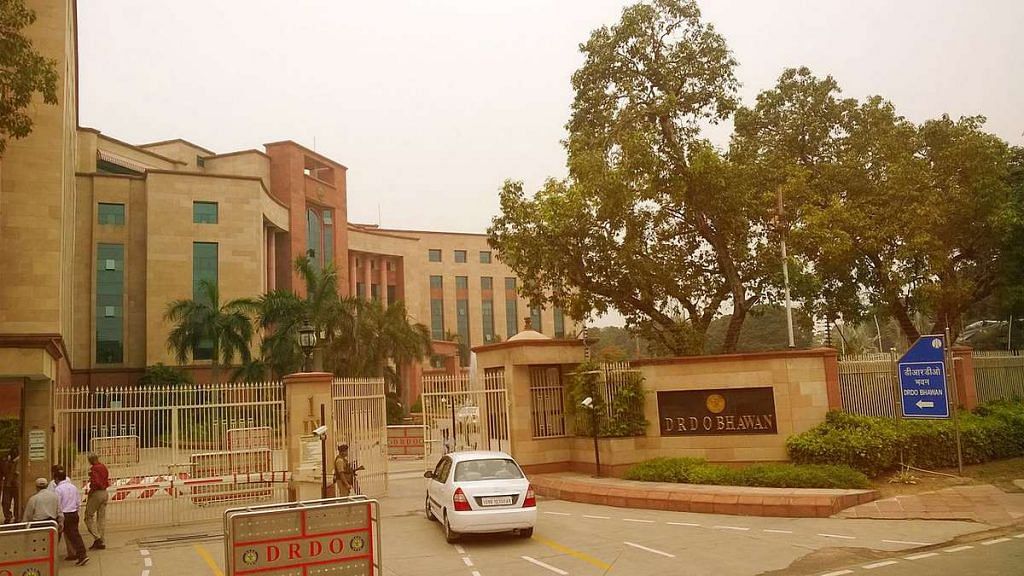Money burnt on faulty ammo could have bought us 100 new Howitzers, fumes Army
The Indian Army funds spent on dangerously faulty ammunition supplied by the state-owned Ordnance Factory Board (OFB) over the last six years would have been enough to purchase 100 medium artillery guns.
This staggering claim has been made in an internal Army report to the Ministry of Defence (MoD), excerpts of which have been accessed by India Today. Calculating the loss to the exchequer due to poor quality OFB ammunition to be Rs 960 crore between 2014 and 2020, the Army notes, “Rs 960 crore roughly means 100 155-mm medium artillery guns could have been bought for this amount.”
The OFB, administered by the MoD’s Department of Defence Production, is one of the world’s oldest government-controlled production organisations, and oversees a nationwide network of factories that manufactures ammunition and weaponry for the Indian armed forces.
The ammunition being criticised in the new Army report includes 23-mm air defence shells, artillery shells, 125-mm tank rounds and different calibres of bullets used in infantry assault rifles.
‘POOR QUALITY’ AMMUNITION
The Army report accessed by India Today highlights the ‘poor quality production’ at the OFB, quantifying the losses both in monetary resources as well as human life due to accidents caused by faulty ammunition.
“Lack of accountability and poor quality of production results in frequent accidents. This results in injuries and deaths of soldiers. On an average, one accident takes place per week,” says the report that has been shared with the MoD, including accident and casualty figures.
There have been 403 accidents related to faulty ammunition since 2014, though the numbers of accidents have steadily reduced. From 114 accidents in 2014, the number reduced to 53 by 2017, rose again to 78 in 2018, and dipped once again to just 16 in 2019. But the human casualty figures are far more disturbing.
Listed under the heading ‘Casualties due to OFB manufactured ammunition and armament’, the report notes 27 troops and others have been killed in faulty ammunition accidents since 2014, with 159 being seriously injured, including permanent disabilities and loss of limbs.
There have been 13 accidents so far in 2020, though none of them has resulted in a death.
Calculating Rs 960 crore as the monetary write-off as a result of faulty OFB ammunition since 2014, the Army report notes that Rs 658.58 crore worth was disposed of within the ammunition’s shelf life between April 2014 and April 2019, while 303.23 crore worth of mines were disposed of within their shelf life following a major ammunition depot fire in Pulgaon, Maharashtra in 2016.
‘MINI-OFB’ TYPE SUPPLIERS NEEDED
The Army’s exasperation with OFB supplied ammunition has simmered over decades, reaching a breaking point in the last two years, forcing an effort to approach the Indian private sector to meet ammunition needs. But as
India Today reported earlier this month, the Army has pulled the plug on five of seven proposals that would have seen private firms step in to keep ammunition supplies running.
However, the effort to get private companies to become ‘mini-OFB’ type suppliers is desperately needed.
Earlier this month, the Army’s ‘ammunition-in-chief’, the Master General Ordnance (MGO) Lt Gen Upadhya said at an industry interaction, “OFB is in any case available to us. We want a parallel capacity to come up. It may not be at the scale of the OFB. But to start with, at least a parallel set up should come and various types of ammunition would then be available from the industry which can then settle down and in the times to come, a scaling up can take place.”
The Army has a difficult situation on its hands, and one that needs to be navigated tactfully. On the one hand, pushback against the OFB goes directly against the MoD itself, even though the latter has begun a process of modernisation of the OFB.
Just this month, the Ministry of Defence appointed a KPMG-led consortium to advise the government on how to lift the OFB out of its legacy socialist structures and to corporatise it. OFB unions at factories across the country have aggressively opposed the corporatisation drive.
On the other hand, the effort to include private sector firms has largely been one step forward and two back, with several companies — both big and small — expressing willingness to invest in capacity to produce and supply ammunition, but require a degree of clarity and assurance of orders, since they do not have the financial cushion and leeway enjoyed by state-owned concerns like the OFB.
What the numbers in the new Army report indicate is that things have come to a head. And with India’s forces massed on the border in a war-like situation that will almost definitely stretch into the foreseeable future, the Army hopes the glaring numbers will force a solution to its decades-old ammunition quality, shortage and assurance problems.

idrw.org



